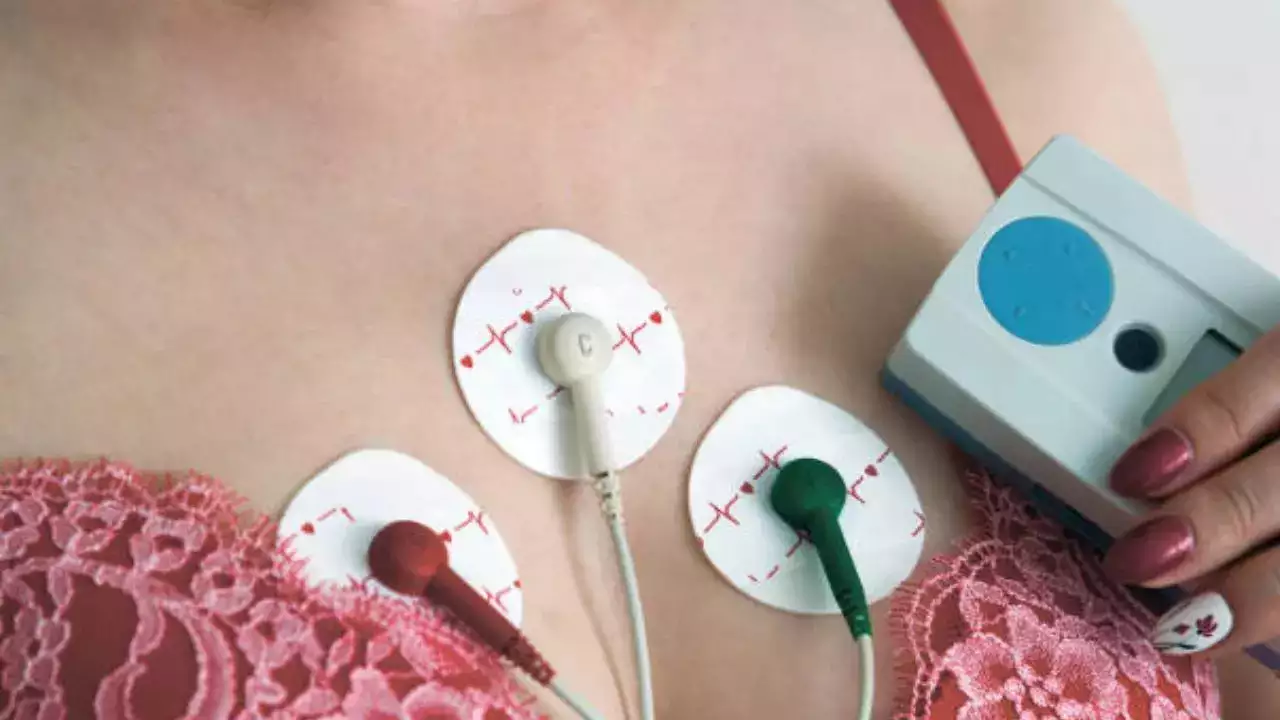Ashima Sharda Mahindra • 27 Mar 2025
Woman With Complex Congenital Heart Disease Receives World’s First Leadless Pacemaker Implant; Know How It Helps

A leadless pacemaker is a small, one-piece device that the doctor would insert into your heart to prevent slow heart rates
A 33-year-old woman suffering from a rare congenital heart disease was implanted with the world’s first leadless pacemaker. According to doctors from Medica Superspeciality Hospital, a woman with tetralogy of Fallot, which obstructs the pulmonary valve leading from the right ventricle to the lung artery, preventing the normal blood from being pumped to the lungs, is among the rare people with this challenging anatomy.
According to doctors, the absence of viable venous access for a traditional pacemaker led them to go for a leadless pacemaker implantation for the woman with Glenn shunt—a kind of procedure done for children who are born with heart problems like hypoplastic left heart syndrome, tricuspid atresia, and double outlet right ventricle.
What does the Glenn procedure do?
Normally, the right ventricle pumps blood to the lungs to get oxygen, and the left ventricle pumps blood with oxygen to the body. But in some types of heart problems, known as single ventricle defects, one ventricle is too small, so the other not only pumps blood to the lungs but also to the body.
The Glenn procedure sends blood from the upper body directly to the lungs. This way, the single ventricle only has to pump blood to the body (and not to the lungs), so it doesn’t have to work as hard.
How does a leadless pacemaker work?
A leadless pacemaker is a small, one-piece device that the doctor would insert into your heart to prevent slow heart rates. All the parts of a leadless pacemaker are inside one device without a separate battery. Doctors say it does not need leads because the whole device sits in your heart’s right ventricle.
Leadless pacemakers are around 1-1.5 inches, or 3 to 4 centimetres long. The device looks like a small metal cylinder. It is smaller than an AAA battery. A doctor would programme and customize your device to send small electrical impulses to your heart muscle when it needs it. A leadless pacemaker senses your heart’s electrical signals.
It also provides additional electrical impulses when your natural ones are not frequent enough.
What happens during the procedure?
During the procedure, the doctor would:
- Numb an area in your groin with a local anesthetic
- Make a very small incision in your groin
- Insert a long, thin tube called a catheter into your femoral vein through the incision
- Use an X-ray machine to guide the catheter to your heart
- Place the leadless pacemaker into position inside your right ventricle and secure it there. They attach it to your heart muscle by screwing it in or using the device’s nickel titanium tines.
- Test the leadless pacemaker to make sure they’ve attached it to the ventricle wall and programmed it correctly.
- Remove the catheter
- Close the incision site by applying pressure to the area
Get Latest News Live on Times Now along with Breaking News and Top Headlines from Health and around the world.